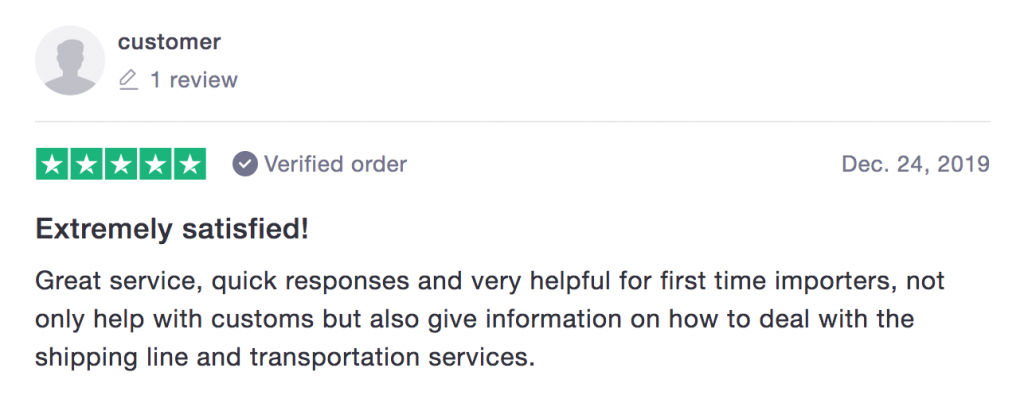Taking on a new entrepreneurial business journey is exciting! You’ve built out an idea, you figured out your target market, and you got your cousin Bill to design a logo for you. Alright, not too sure about that last one, but growing a DIY business can be incredibly profitable if done correctly!
It’s certainly natural to make mistakes while working on a first-time business, but the goal is to minimize the amount of mistakes overall. On the topic of importing your goods into Canada, if you make a mistake in terms of compliance, documentation, or payment, you can run into a bit of a spot with Canada Border Services Agency (CBSA).
Upon inspection of the shipped commercial goods, if CBSA determines that there was an error, it may result in delays of release, fines, and — in one of the more serious scenarios — a full on seizure of the goods. No organization wants to run into issues like this, but when you’re an entrepreneur just starting to grow your business, these can be especially crippling.
“The most valuable thing you can make is a mistake — you can’t learn anything from being perfect.”
Adam Osborne
While most mistakes are fixable, it’s definitely not ideal to get into trouble with Canada’s customs. All the more reason to follow the rules and regulations enforced by CBSA, as well as ensuring that this commercial project would work on a long term basis with viable partners like a customs broker. Below, we’re covering the basics that every successful entrepreneur should know.

Without further ado, here’s our guide to importing into Canada (for first-timers!).
Before Importing Your Goods…
You will need a Business Number to get an Import/Export Account. These are distributed by the Canada Revenue Agency (CRA). The good news? This can be done relatively easily online!
Here is the link to the CRA website for a Business Number.
It’s also a good idea to make sure that the goods you’re planning on bringing into Canada are not prohibited. You can verify this here.
Plan Out The Potential Costs…
It should not come as a surprise that every kind of goods you’re bringing into Canada will be subject to fees like taxes and duties. The first thing you need to do is obtain a Tariff Classification Number from CBSA, so you can find out what the tariff treatment and duty rate.
When determining costs, be wary of additional taxes like Goods & Services Tax (GST). Some goods are exempt from this.

Get Started With An Order…
Once the background research for your imports are done, and the appropriate permits are obtained, you can go ahead and place your order with your manufacturer. Your import carrier will be responsible for declaring to CBSA.
In some cases, an inspection is unavoidable. CBSA reserves the right to examine your shipment and make sure everything is in order. You will be held responsible for any costs that arise as a result of the inspection.
After Your Goods Arrive…
Prior to the release of your shipment, you will need to make sure all the applicable fees, taxes, duties, etc. are paid in full and properly documented. Afterward, you are responsible for keeping your records for 6 years in case of the event of an audit.
Your records of the shipment need to include quantities, price, Country of Origin, and all other related pieces of information.
It’s true that this can be an overwhelming process. And the information here is just scratching the surface. The smartest thing you can do as a first-time importer with entrepreneurial visions from your business is partner up with the right people — including customs brokers.
Check out our recent blog post: Do I Actually Need A Customs Broker?
For more information about how a potential partnership with a broker could look for you, start the conversation here.

 Payment
Payment  My Account
My Account
